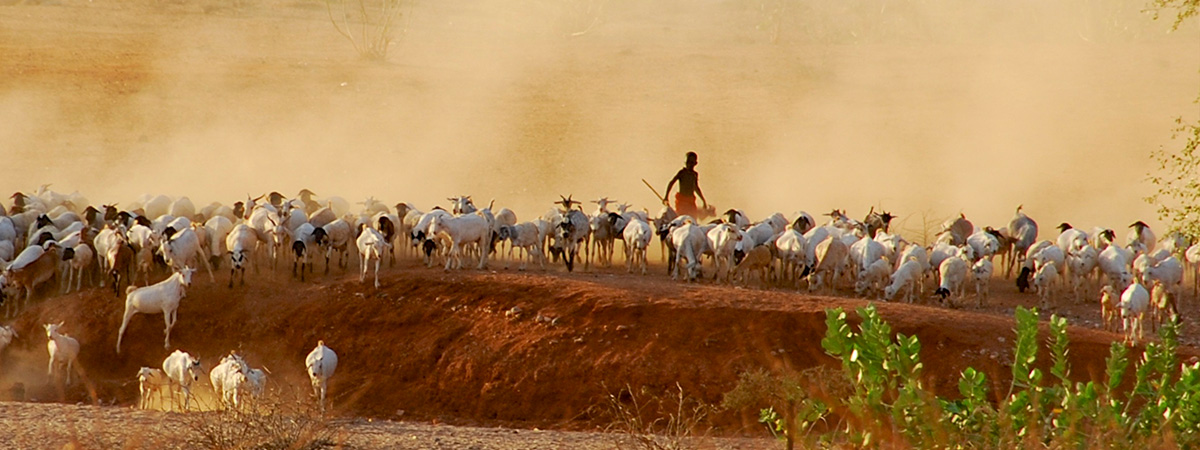
Exploration of the articulated resilience to overcome the humanitarian-development gap in African nomadic societies
The project aims to develop methods to overcome the humanitarian-development gap through the resilience of the local community, focusing on African nomadic societies. The major subject of the proposed project is, as in the case of the previous project, East African pastoral/nomadic society, but the proposed project focuses on African nomadic peoples, including those engaged with shifting cultivation and urban traveling merchants.
African nomadic societies are currently faced with multiple risk factors, including famine/hunger, low- to middle-intensity armed conflict, and climate change, and a new theory for humanitarian assistance and development is being sought. Conventionally, a risk-avoidance development model, premised on unilinear development from nomadic life to settlement and from a subsistence economy to a market economy, has been applied to studies on nomadic peoples. In contrast, this research project attempts to capture the articulation of global and local areas as articulated resilience through fieldwork. By doing so, the project aims to convert the unilinear development process into a development model that is bi-directional with the possibility of going downward and that accepts risks. This also means the project aims to develop methods for local actors to overcome the gap between humanitarian assistance and development aid by way of their resilience. Ultimately, the project aims to revise the conventional “development” concept applied to African nomadic people fundamentally from the perspective of area studies by collating research findings.
The current project has been designed as a follow-up/development of the “Localization Project for the New Framework of Humanitarian Aids in East African Pastoral Society” (project number 25257005), Grant-in-Aid for Scientific Research (A), FY2013-2017. East African nomadic society, on which the proposed and previous projects focus, is found in a semi-desert area covering South Sudan, Somalia, Ethiopia, Uganda and Kenya, and the United Nations and international aid organizations across the world have been providing humanitarian support in this area whenever famine occurred since the 1985 Ethiopian Famine. It is also predicted that, due to effects of climate change, drought (which is the main cause of the famine in this area) will worsen.
As a consequence of conflict, which has become frequent after the collapse of the Cold War regime, assault rifles that can inflict serious harm are widely spread in the area, which has led to the expansion of the size of conflict in many areas. In the peripheral areas where they live, the state’s military and police forces often cannot guarantee security, and many places are de facto lawless lands with terrorists and militia roaming freely. This has led to a large number of refugees and internally displaced persons.
As such, humanitarian crises and humanitarian aid to address them are becoming normalized in their society. Under these circumstances, a model for humanitarian assistance and development aid taking into account the processes of globalization has long been sought that can recover human dignity based on the volition of the local community and the inherent characteristics of African nomadic society, rather than leaving them in perpetual needs for external help.